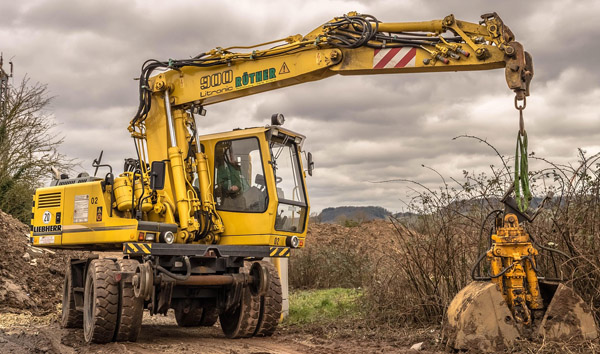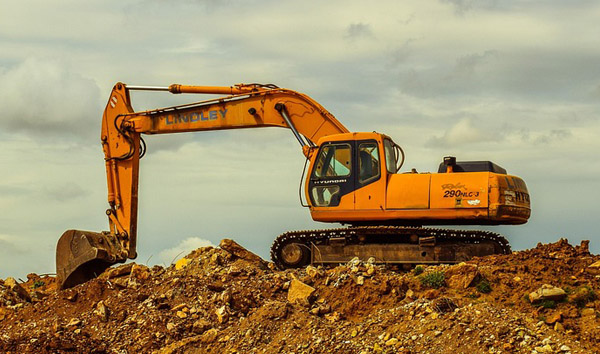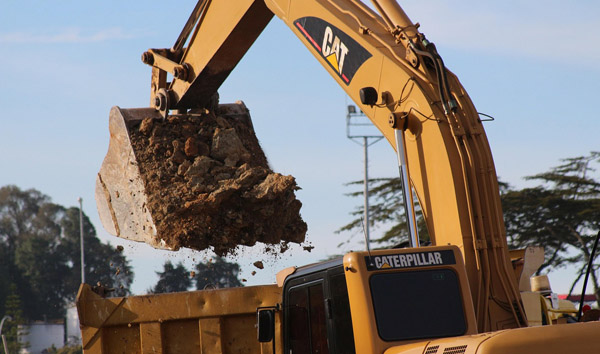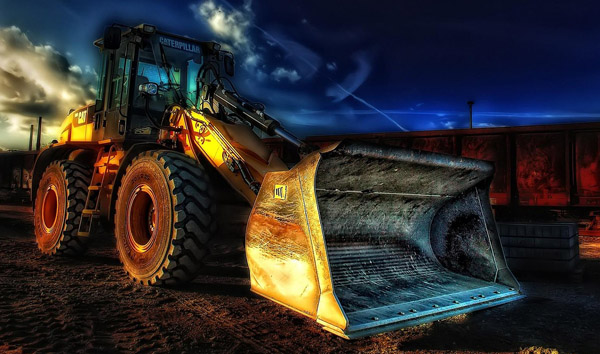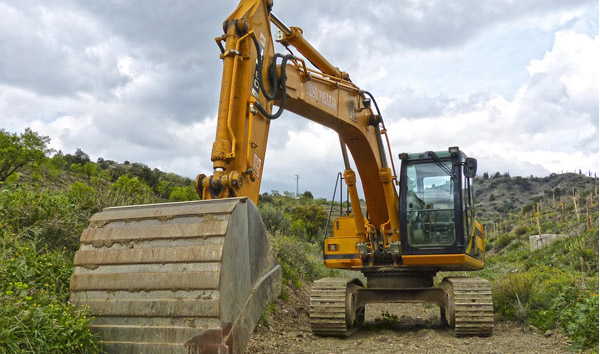Navigating the Complexities of All-Terrain Forklift Specifications
2025-07-30 05:35:31
All-terrain forklifts are engineered to handle demanding environments, including construction sites, agricultural fields, and uneven outdoor terrains. Unlike standard forklifts, these machines feature reinforced chassis, high-torque engines, and specialized tires to maintain stability and traction. Key specifications include load capacities ranging from 5,000 to 15,000 lbs, depending on the model, and lift heights that can exceed 20 feet for heavy-duty applications. Additionally, all-terrain forklifts often incorporate four-wheel drive (4WD) systems to navigate muddy, rocky, or inclined surfaces safely.
The engine specifications of all-terrain forklifts play a pivotal role in their performance. Most models are powered by diesel engines, offering between 75 to 150 horsepower (HP), ensuring sufficient torque for lifting heavy loads on uneven ground. Some advanced units utilize hybrid or electric powertrains to reduce emissions while maintaining power output. Another critical factor is the transmission system, with hydrostatic and automatic options providing smooth operation across rough terrain. Fuel efficiency is also a consideration, with modern all-terrain forklifts achieving 8–12 hours of continuous operation on a single tank.
Tire design is another defining feature of all-terrain forklifts. Pneumatic or solid rubber tires with deep treads are standard, ensuring grip on loose or slippery surfaces. Some models feature adjustable tire pressure systems, allowing operators to optimize traction based on terrain conditions. The suspension system is equally important, with heavy-duty shock absorbers minimizing vibrations and enhancing operator comfort during prolonged use. These specifications collectively ensure that all-terrain forklifts remain stable and efficient, even in the most challenging environments.
Load capacity and lift height are among the most scrutinized specifications when selecting an all-terrain forklift. Industrial-grade models can handle loads exceeding 10,000 lbs, while compact variants may be limited to 5,000–7,000 lbs. Lift heights typically range from 15 to 25 feet, with some specialized units reaching up to 30 feet for high-reach applications. The mast design also influences performance, with duplex or triplex configurations offering varying degrees of precision and stability. These specifications must align with operational requirements to ensure safety and productivity.
Finally, advanced technological integrations are becoming standard in all-terrain forklift specifications. Features such as load-sensing hydraulics, anti-rollover systems, and telematics for remote monitoring enhance both safety and efficiency. GPS tracking and predictive maintenance alerts further optimize uptime, reducing operational downtime. As industries continue to demand versatile material handling solutions, manufacturers are pushing the boundaries of all-terrain forklift specifications to meet evolving needs. Whether for construction, agriculture, or logistics, selecting the right model hinges on a thorough understanding of these critical parameters.




